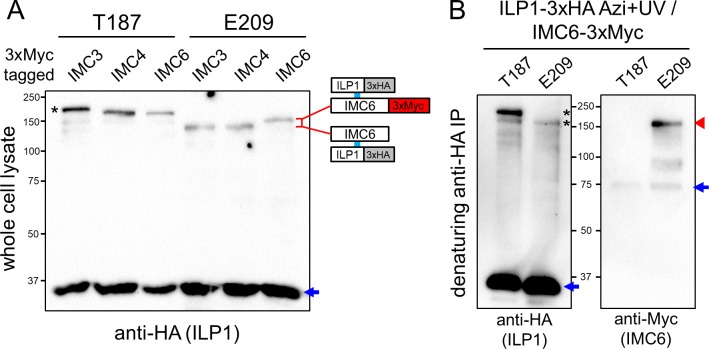Fig 6. IMC6 is another direct binding partner of ILP1.
(A) Crosslinking of T187 and E209 in strains endogenously 3xMyc-tagged for IMC3, IMC4 or IMC6. Tagging of IMC6 results in slower migration for the E209 Azi crosslinked product compared to the IMC3/4-3xMyc lines, which can be attributed to the addition of the epitope tag. A subtle shift can also be seen in the T187/ IMC3-3xMyc strain (black asterisk), as IMC3 is the partner at this residue. Uncrosslinked ILP1 Azi mutants are denoted with blue arrows. (B) Denaturing ILP1 co-IP to verify the E209/IMC6 interaction using IMC6 tagged parasites (T187, which binds IMC3, is used as a control). The anti-HA blot shows the expected uncrosslinked material (first panel, blue arrow) and crosslinked products (first panel, black asterisks) in the tagged lines, but only the E209 product is detected with anti-Myc, confirming the interaction with IMC6 (second panel, red arrowhead). Uncrosslinked IMC6, which was mostly removed by denaturation, is also present in both conditions (second panel, blue arrow). Azi, p-azidophenylalanine; co-IP, co-immunoprecipitation; HA, hemagglutinin; ILP1, IMC localizing protein 1; IMC, inner membrane complex.

